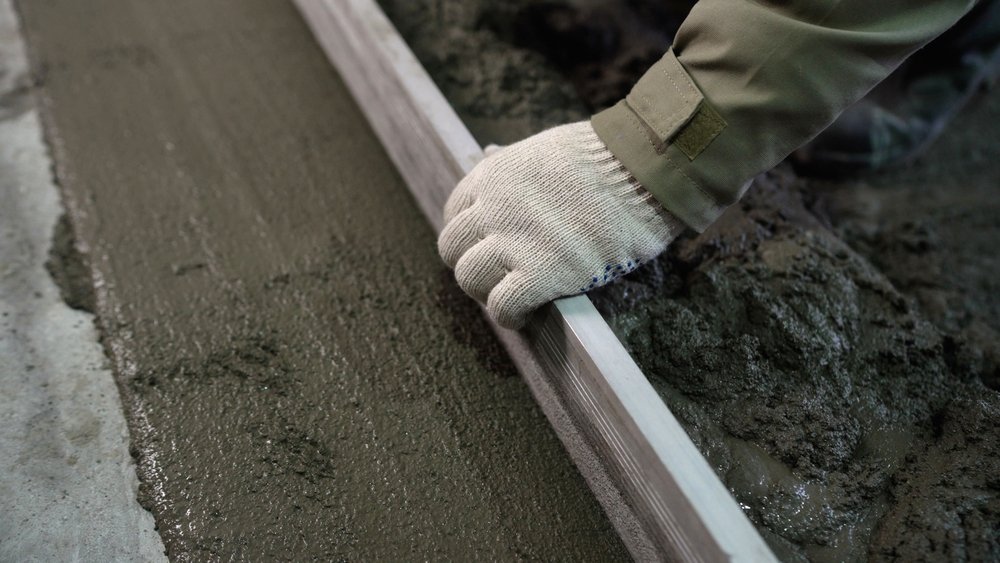Have you ever paused to look at a wonderfully constructed sidewalk or a finely finished floor and wondered about the materials and methods used? Have you pondered the secret behind the smoothness and level perfection of a concrete surface? Here’s where concrete screeds come into play. Concrete screeds can be considered ‘behind-the-scenes heroes’ of construction, contributing significantly to even surfaces and top-notch quality. In this enlightening discourse, we’ll take a deep dive into the intricacies of concrete screeds, their various types, and the manifold uses they offer.
Homeowners, builders, and architects will find this exploration of concrete screeds compelling. With a surging interest in DIY home projects, understanding the different types of concrete screeds could give your next construction endeavor an edge. The fascination lies not merely with the screeds themselves but in the remarkable role they play in concrete finishing. Let’s embark on this journey of discovery together!
The What and Why of Concrete Screeds
What exactly is a concrete screed, you might ask? Simply put, it’s a tool or a piece of equipment used to smooth and finish fresh concrete surfaces after they have been poured. Its fundamental role lies in removing excess concrete and help in forming a flat, level surface.
One may wonder – why fuss about concrete screeds? Why are they indispensable in constructions? Well, screeds play a significant part in controlling the depth of concrete applied and ensuring a well-leveled surface. They help provide strength and stability to the structure. The type of screed chosen can significantly influence the final look and durability of the concrete structure.
The Different Types of Concrete Screeds
The modern construction industry offers a variety of screeds, each with specific applications and advantages.
1. Hand Screeds: These are the most traditional and manual type, primarily used for small projects.
2. Vibratory Screeds: These come equipped with a vibrating mechanism, are power-driven, and excellent for larger spaces.
3. Laser Screeds: Offering high-precision level control, these screeds are suitable for substantial and complex commercial spaces.
They cater to differing project needs and provide a spectrum of benefits that we will delve into next.

Pros and Cons of the Various Screeds
Each screed type holds distinct advantages and disadvantages, influencing their appropriateness for different projects.
Hand screeds are extremely affordable and easy to use but can be labor-intensive. Vibratory screeds offer efficiency and speed but can be more expensive. Finally, laser screeds tick the boxes for precision and speed, but the high cost and complexity of operation make them more suited to large-scale commercial projects.
The Ideal Uses of Concrete Screeds
Where you choose to use a screed depends an awful lot on the scope of your project.
Hand screeds are most handy for patios, walkways, and smaller home DIY projects. Vibratory screeds suit larger residential projects or smaller commercial endeavors, paving the way for efficiency. Laser screeds ideally serve vast commercial spaces like shopping malls and airports where precision and speed are paramount.
Maintaining and Selecting Screeds
Key to durable concrete is a well-maintained screed. Regular cleaning and servicing of vibratory and laser screeds prolong their useful life and ensure high-quality construction outcomes. Selection-wise, prioritize the project requirements – scale, budget, and desired finish, when picking the screed type.
Conclusion
Concrete screeds, with their ability to provide level surfaces, have stamped their authority as must-haves for any construction work. Understanding different types of screeds and their unique roles in various projects can bring a sea change to your construction outcomes. So, whether you’re a DIY enthusiast, a homeowner, or a seasoned architect, an appreciation of screeds can amplify the success of your efforts. Remember, the devil is always in the details, or in this case – the screeds!





